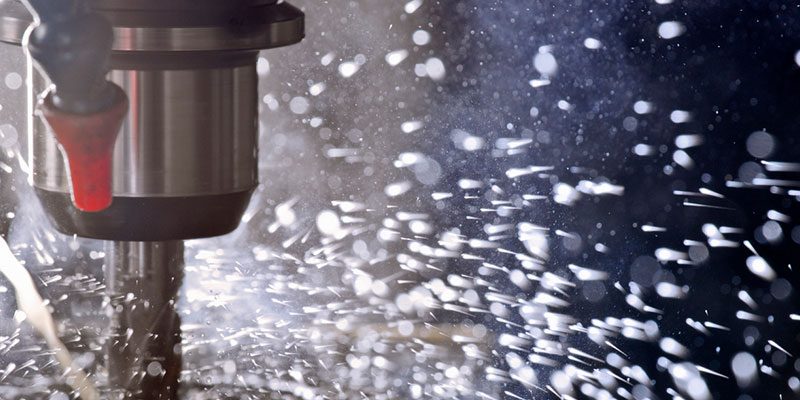When it comes to machining new components, there are two methods to complete the project: CNC machining or manual machining. Although CNC machining has primarily taken over the industry, there are times when manual machining still plays an important role.

There are several distinct differences between CNC Machining and manual machining. When it comes to automation and control, CNC machining uses computer-controlled machines that follow precise directions from a digital program. This automation leads to consistent, highly accurate results. Comparatively, manual machining relies on the skills of the machinist, who operates the machinery manually using hand tools, gauges, and other methods, all of which requires an extensive understanding of machining principles and techniques.
When you look at the complexity of parts, CNC machining excels at producing intricate, complex results. Manual machining has limitations when it comes to producing highly complex and intricate parts because it relies on the machinist’s skill to execute precise movements.
One of the main benefits of manual machining is that it involves faster setup times when compared with CNC machining. However, more adjustments might need to be made during the actual machining process. Although the setup process for CNC machining takes longer, once done, changeovers between different parts can be minimized, leading to faster production times.
At A & A Machine & Fabrication LLC, we provide high-quality CNC machining services. To learn more about this process or to get a quote for a machining project, contact us today.
